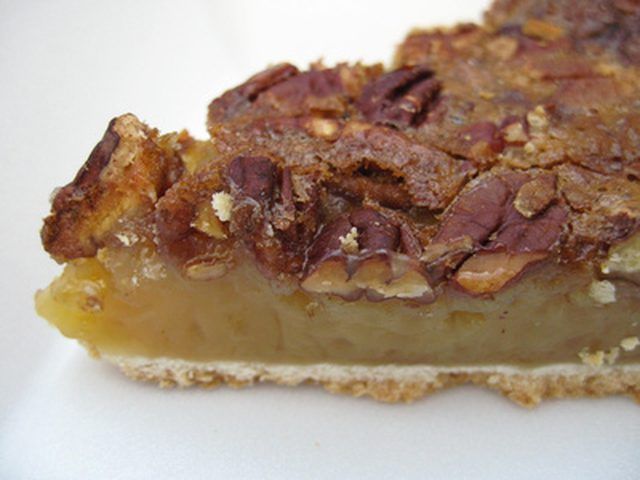Bulbs
Flower Basics
Flower Beds & Specialty Gardens
Flower Garden
Garden Furniture
Garden Gnomes
Garden Seeds
Garden Sheds
Garden Statues
Garden Tools & Supplies
Gardening Basics
Green & Organic
Groundcovers & Vines
Growing Annuals
Growing Basil
Growing Beans
Growing Berries
Growing Blueberries
Growing Cactus
Growing Corn
Growing Cotton
Growing Edibles
Growing Flowers
Growing Garlic
Growing Grapes
Growing Grass
Growing Herbs
Growing Jasmine
Growing Mint
Growing Mushrooms
Orchids
Growing Peanuts
Growing Perennials
Growing Plants
Growing Rosemary
Growing Roses
Growing Strawberries
Growing Sunflowers
Growing Thyme
Growing Tomatoes
Growing Tulips
Growing Vegetables
Herb Basics
Herb Garden
Indoor Growing
Landscaping Basics
Landscaping Patios
Landscaping Plants
Landscaping Shrubs
Landscaping Trees
Landscaping Walks & Pathways
Lawn Basics
Lawn Maintenance
Lawn Mowers
Lawn Ornaments
Lawn Planting
Lawn Tools
Outdoor Growing
Overall Landscape Planning
Pests, Weeds & Problems
Plant Basics
Rock Garden
Rose Garden
Shrubs
Soil
Specialty Gardens
Trees
Vegetable Garden
Yard Maintenance
How to Plant Pecan Trees in Virginia
How to Plant Pecan Trees in Virginia. Pecan trees have a rich history in America, particularly in Virginia, where they were grown at Mount Vernon in the 1700s. These trees can reward you with countless nutritious nuts, just 6 to 7 years from planting. Virginia is a fine place to grow pecan cultivars that are hardy for Zones 5a to 8a. Plant them...

Pecan trees have a rich history in America, particularly in Virginia, where they were grown at Mount Vernon in the 1700s. These trees can reward you with countless nutritious nuts, just 6 to 7 years from planting. Virginia is a fine place to grow pecan cultivars that are hardy for Zones 5a to 8a. Plant them where they'll get full sun, give them plenty of space and moisture and watch them take off like a rocket.
Things You'll Need
Pecan seedlings
Shovel
Lime
Bucket
Water
Buy pecan seedlings for planting in February, which will give the young trees plenty of time to establish roots before the tree comes out of its dormant state and Virginia's growing season begins in earnest. Plan to plant trees 30 to 50 feet apart, and well away from buildings or sidewalks.
Dig a hole deep enough to accommodate the root ball of the pecan seedling, and about six inches wider on all sides. Pecan trees prefer a more alkaline soil than you typically find in Virginia, so amend with lime, carefully following the instructions on the package. Aim for a soil pH of 5.0 to 6.0.
Fill a 5-gallon bucket with water and pour half of it in the hole to help ease transplant shock to the pecan's roots. Set the tree carefully in the hole. Stand back and check to see that the tree is straight. Adjust if necessary.
Fill in the sides with dirt, pressing it down firmly to eliminate air spaces around the roots. Refill the bucket and pour the whole thing around the base of the tree to water it in.
Fertilize immediately after planting with a tree fertilizer rich in zinc, another element pecans need that doesn't occur in sufficient quantities in Virginia. Water thoroughly afterward, and continue watering once a week for the first year to help the tree get firmly established.
Lay down a circle of mulch three feet in diameter around the base of the pecan seedling. The mulch will help hold moisture and reduce competition from weeds, but don't let it touch the trunk of the tree or it will cause bark rot.
Tips & Warnings
Avoid planting pecan trees near a house. A seedling can grow to 100 feet or more.
Don't plant pecans where the water table is above the root zone (4 to 5 feet). Pecans will not flourish if the roots stand in water.